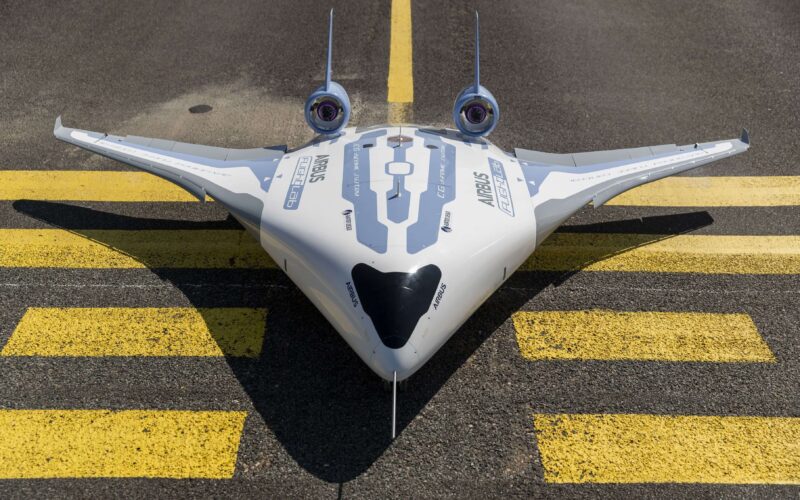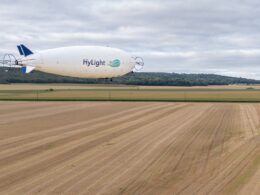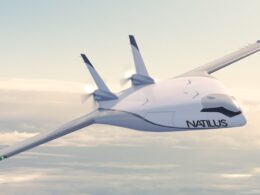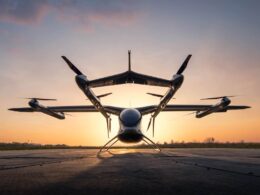During the Singapore Airshow 2020, Airbus lifted the curtain on one of its secret projects named MAVERIC. The flying wing technological demonstrator offers a glimpse into the commercial aircraft of the future.
Despite its name, MAVERIC (for Model Aircraft for Validation and Experimentation of Robust Innovative Controls) bears no resemblance to the Top Gun protagonist. Launched in 2017, the 2-meter long and 3.2-meter wide model already completed its maiden flight in June 2019. The flight-test campaign should continue until the middle of 2020. It is not yet certain if Airbus will move on to a 1:1 prototype.
According to Airbus, the main advantage of a “blended wing body” design, which has for now only been used for military aircraft, would be cost-efficiency and sustainability. Indeed the European manufacturer claims it could reduce fuel consumption by up to 20% compared to contemporary single-aisle aircraft ‒ a welcome improvement at a time when the aviation industry is being pointed at for its CO2 emissions.
It also provides new possibilities for innovative propulsion systems, something that Airbus is currently studying in parallel with its E-Fan X program. The demonstrator has recently been subjected to wind-tunnel testing to validate its structural design.
“Airbus is leveraging emerging technologies to pioneer the future of flight. By testing disruptive aircraft configurations, Airbus is able to evaluate their potential as viable future products,” said Jean-Brice Dumont, EVP Engineering Airbus, adding that “although there is no specific time line for entry-into-service, this technological demonstrator could be instrumental in bringing about change in commercial aircraft architectures for an environmentally sustainable future for the aviation industry.”
MAVERIC is the second “secret” flying wing revealed by Airbus in recent months. During the latest edition of its Trade Media Briefing on November 5, 2019, Airbus Defense and Space unveiled the existence of its “Low Observable UAV Testbed”, or LOUT. However, in this case, the disruptive design was chosen for its stealth benefits.










